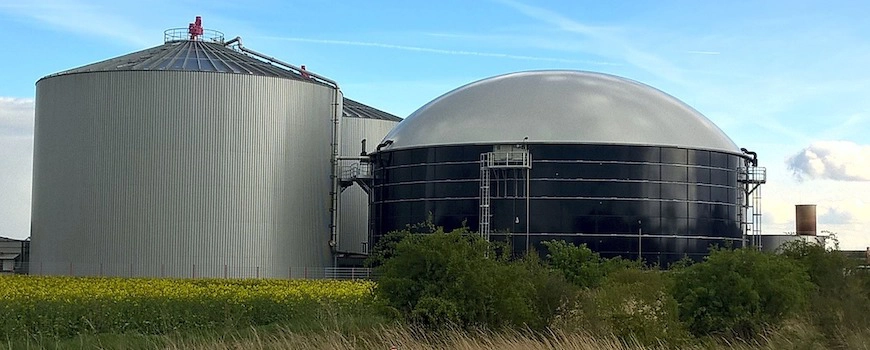
Natural gas (also called fossil gas) is a hydrocarbon gas occurring below the surface. Depending on how deep it hides under the Earth’s crust, there are different types of fracturing.
Natural gas is colorless and odorless. It is also non-renewable – this gas is fully natural, having been formed millions of years ago from decomposing plants and animals.
Despite being non-renewable, it is the most eco-friendly fuel among non-renewable resources. In the US 25% of energy consumption comes from fossil fuels. Based on calculations, the Earth will run out of its discovered natural gas supply in 52 years.
Read our article about natural gas.
What is compressed natural gas?
Extracted natural gas goes through a long and complicated multi-stage process. In the end, compressed natural gas is only 1% of the volume it occupied before (at standard atmospheric pressure).
Despite being compressed, CNG is still a gaseous product containing methane, nitrogen, CO2, propane, and ethane. Pollutant emissions are low: while burning, CNG produces less CO, hydrocarbons, and nitrogen oxides.
CNG can be transported through pipelines. Some components need to be removed from the natural gas before CNG can be safely delivered. Also, while being processed, producers typically add an unpleasant smell (mostly ethanethiol), thus making natural gas easily recognizable in case of leaking.
What is liquefied natural gas?
Like CNG, liquefied natural gas also occupies less space than it did in its gaseous state. Liquid gas can be 600 times denser than it was after extraction.
Liquified natural gas can be transported in barrels. The process of creating LNG is more expensive, so the price of LNG is higher than CNG, but it is a great opportunity to transport natural gas over long distances effectively. Without pipelines, LNG is a great alternative as a power source.
Liquefied natural gas is non-corrosive and non-toxic, but it is extremely flammable. It is also odorized like CNG to avoid a catastrophe. Technology has improved enough to ensure safe traveling for LNG: there has not been any major accident for more than 50 years. Strict safety regulations guarantee that even if there was leaking, a safety torch would immediately burn the waste gases.
Read our full article about liquefied natural gas.
Natural gas vs the diesel industry
The No. 1 fuel for trucks is still diesel, but the relevance of natural gas is quickly expanding its numbers in the fuel market. LNG looks like a better option to run your trucks with 1 unit of liquid natural gas that has the same amount of energy as 3 units of compressed natural gas energy.
What about refueling? People who refuel a truck with LNG need to be precautious. Protecting gloves, trousers and glasses have to be worn. It is not because refueling is dangerous: LNG is stored at minus 162 degrees Celsius, but with the right protection, it is an easy and cost-efficient way to get your truck back to work.
Curious about the costs? We made a forecast about natural gas prices in the future.
There are people mistakenly thinking that LNG is often leaking while refueling. It is not: the foggy cloud appearing is just water vapor. Refueling is safe with LNG.

Using natural gas, greenhouse gas emissions are 30% lower compared to the diesel industry.
CNG vs LNG: key differences
- CNG is transported through pipelines
- LNG is transported for long distances where no pipelines are built
- LNG can be converted to CNG
- With CNG, it is easier to refuel a truck
- 1 cubic meter of compressed natural gas was 100 cubic meter before processing
- 1 cubic meter of liquefied natural gas was up to 600 cubic meters before processing
- This means LNG takes up less storage space
- They are both a greener alternative to the diesel industry
- They are both really flammable
- Natural gas is cheap, thus cost-effective
- LNG is more expensive than CNG
Read our article about natural gas transportation.
